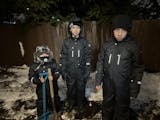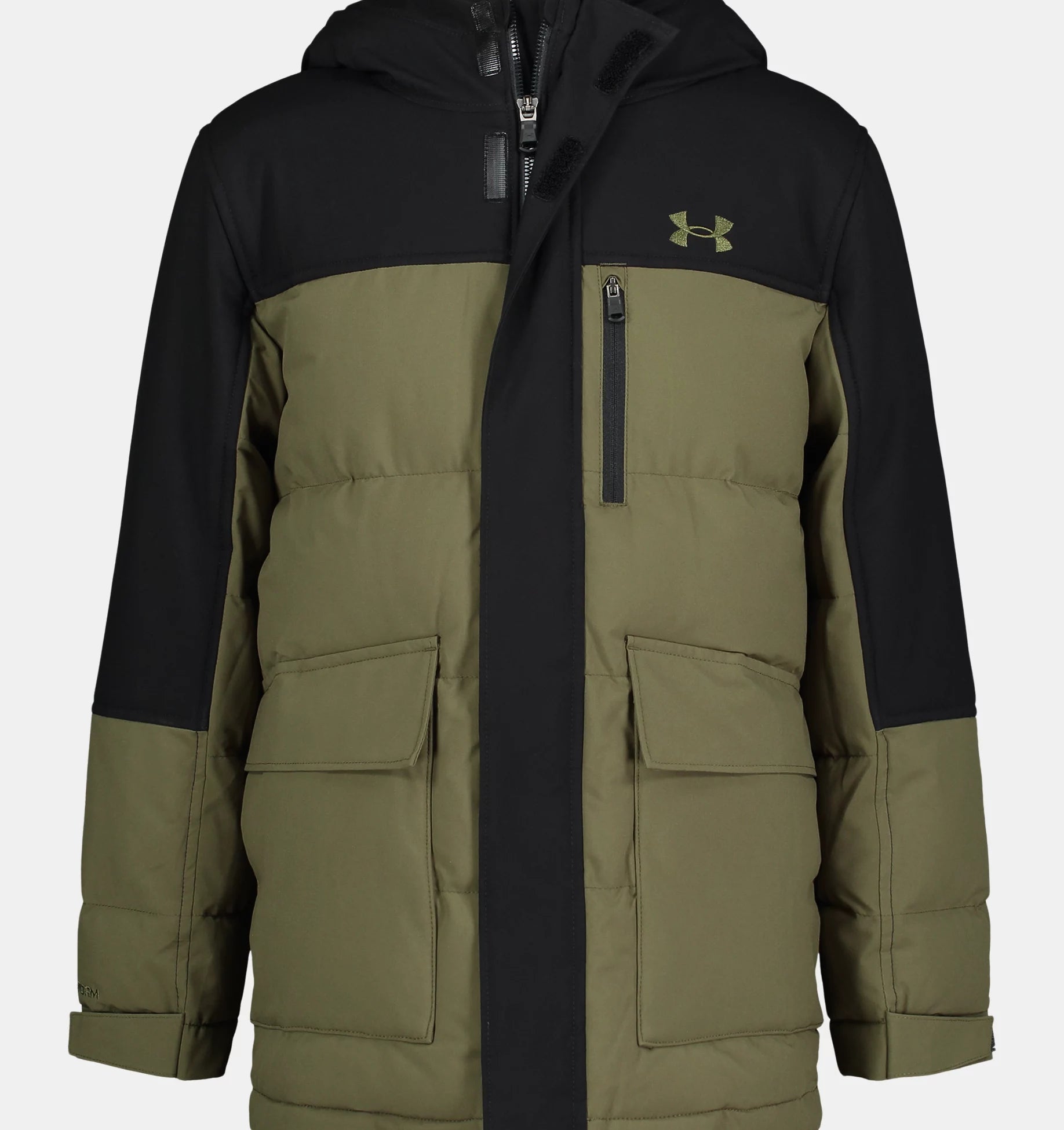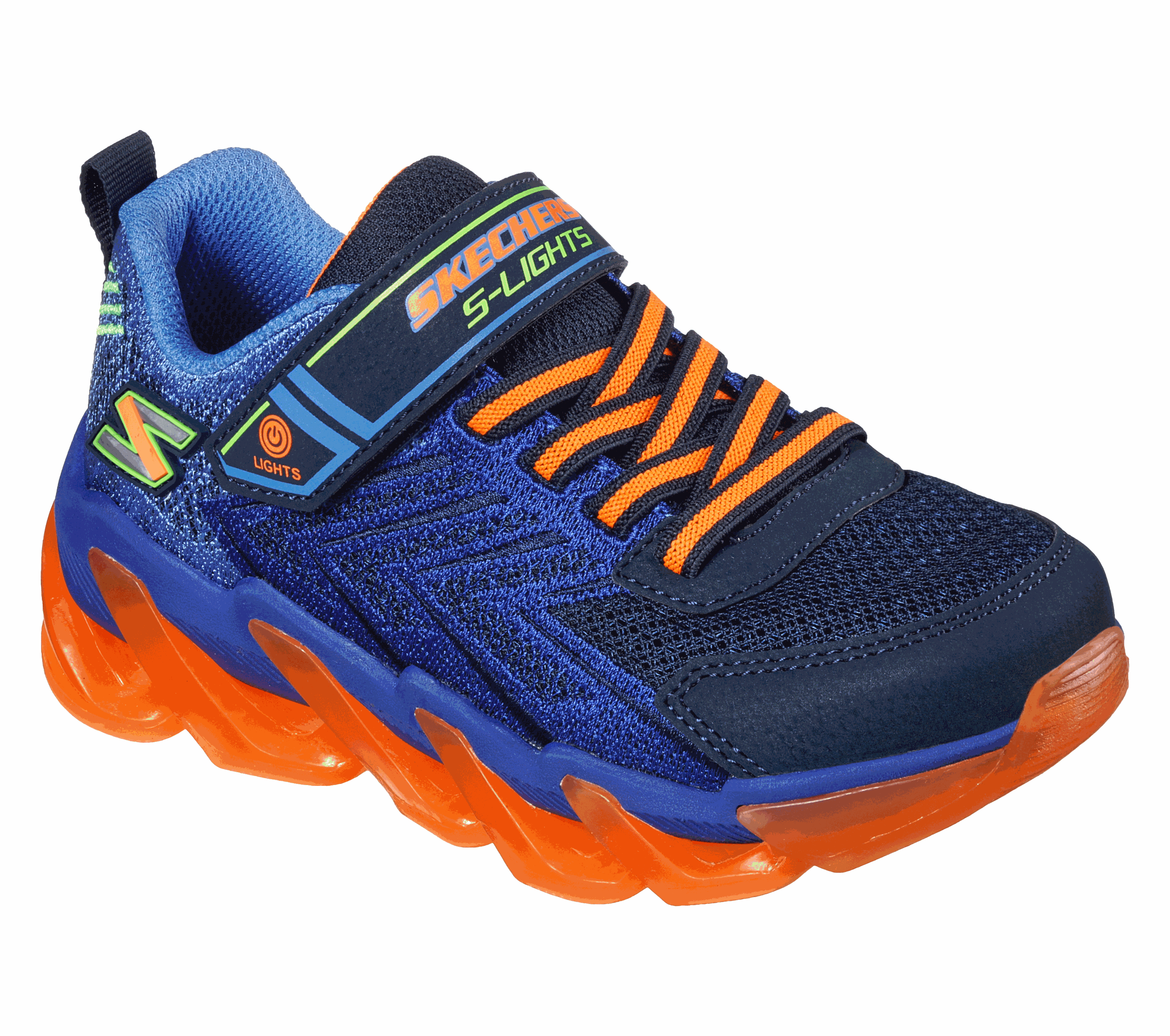As parents, ensuring your baby's safety while sleeping is a top priority. One common question many new parents have is: When can my baby sleep with a blanket? While a cozy blanket may seem like a natural part of bedtime, introducing it too soon can pose safety risks. In this comprehensive guide, we will explore safe sleep recommendations, the right age to introduce a blanket, alternatives for warmth, and expert advice to ensure your baby's safety and comfort.
Understanding Safe Sleep Guidelines for Babies
The American Academy of Pediatrics (AAP) and other pediatric experts emphasize safe sleep practices to reduce the risk of Sudden Infant Death Syndrome (SIDS) and other sleep-related hazards. The AAP’s recommendations include:
-
Placing babies on their backs to sleep until their first birthday.
-
Using a firm crib mattress with a fitted sheet.
-
Keeping the crib free of loose items, including blankets, pillows, stuffed animals, and crib bumpers.
-
Room-sharing without bed-sharing for at least the first six months.
Loose bedding, including blankets, can increase the risk of suffocation and overheating. Therefore, it is essential to wait until the appropriate age before introducing a blanket to your baby’s sleep environment.
When Can Babies Sleep with a Blanket?
Most experts, including the AAP, recommend waiting until your baby is at least 12 months old before introducing a blanket. However, many pediatricians advise waiting until 18 months to 2 years to ensure the utmost safety.
Why Should You Wait Until 12+ Months?
-
Risk of Suffocation – Babies under one year old lack the motor skills to remove a blanket from their face if it covers their nose or mouth.
-
Risk of Overheating – Overheating is a known risk factor for SIDS, and a blanket can contribute to excessive warmth.
-
Risk of Strangulation or Entrapment – Loose bedding can wrap around a baby’s body and pose a strangulation hazard.
If you are unsure whether your baby is ready for a blanket, consult your pediatrician before making the transition.
How to Safely Introduce a Blanket
Once your child reaches the appropriate age, follow these tips to safely introduce a blanket:
-
Choose a Lightweight Blanket – Opt for a breathable, lightweight blanket such as a muslin or cotton blanket.
-
Ensure the Right Size – A small, baby-sized blanket is better than a large one that could pose entanglement risks.
-
Monitor Sleep Environment – Make sure the room temperature is comfortable (between 68-72°F or 20-22°C), so your child doesn’t need heavy bedding.
-
Observe Your Child’s Behavior – If your toddler kicks off the blanket, consider sleep sacks instead.
-
Transition Gradually – Start by allowing your baby to use the blanket for naps before introducing it for overnight sleep.
Safe Alternatives to Blankets for Babies Under 12 Months
If your baby is too young for a blanket, here are safer alternatives to keep them warm:
1. Wearable Blankets (Sleep Sacks)
A sleep sack is a wearable blanket designed to keep your baby warm while preventing the risks associated with loose bedding. They come in various TOG ratings (thermal insulation levels) for different seasons.
2. Footed Pajamas
Long-sleeved, footed pajamas made of breathable materials like cotton or bamboo can provide warmth without the need for additional bedding.
3. Swaddles (For Newborns Only)
For babies under 2 months, swaddling can provide warmth and comfort, but it should be stopped once the baby starts rolling over to prevent suffocation risks.
To shop safe and cozy baby blankets for when your little one is ready, check out Angel Dear Baby Blankets for high-quality, soft, and breathable options!
Signs Your Baby Is Ready for a Blanket
Not every baby is the same, so look for these signs before introducing a blanket:
-
Your baby is over 12-18 months old.
-
They have good head and body control.
-
They can move objects away from their face.
-
They show an interest in using a blanket for comfort.
If your child meets these criteria, you can gradually introduce a lightweight blanket while following the safety guidelines mentioned earlier.
FAQs About Babies and Blankets
1. Can a 6-month-old sleep with a blanket?
No. It is not safe for a 6-month-old to sleep with a blanket due to the risk of suffocation and SIDS.
2. What is the best blanket for toddlers?
A lightweight, breathable blanket made of cotton or muslin is ideal for toddlers. Angel Dear Baby Blankets offer safe and cozy options.
3. When can my baby sleep with a stuffed animal?
Experts recommend waiting until at least 12-18 months before allowing stuffed animals in the crib to reduce suffocation risks.
4. Are sleep sacks safer than blankets?
Yes, sleep sacks are a safer alternative to loose blankets for babies under 12 months as they eliminate suffocation risks.
5. What should my baby wear to sleep instead of a blanket?
Footed pajamas, sleep sacks, and layered clothing made of breathable materials can keep your baby warm without a blanket.
6. Can I use a blanket for naps but not nighttime sleep?
It is best to follow the same sleep guidelines for both naps and nighttime sleep to ensure safety.
7. How do I transition my baby from a sleep sack to a blanket?
Start by introducing a small, lightweight blanket during naps and gradually incorporate it into nighttime sleep. Ensure your child can remove the blanket independently.
8. Can my baby use a knitted or weighted blanket?
No. Knitted and weighted blankets pose additional risks of suffocation and entrapment. Stick to lightweight, breathable options.
Final Thoughts: Prioritizing Safe Sleep for Your Baby
Introducing a blanket at the right time is essential for your baby's safety. Always follow the AAP’s safe sleep recommendations and opt for wearable blankets or footed pajamas until your baby is at least 12-18 months old. If you’re looking for high-quality blankets for when your toddler is ready, visit Angel Dear Baby Blankets for soft and breathable options.
By following these guidelines, you can ensure your little one stays safe, warm, and comfortable throughout their sleep journey!




























